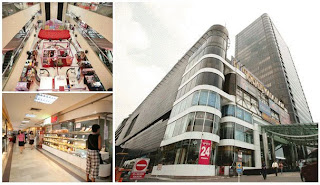Some of the best kind of information we can collect regarding a company's prospects is from revelations by other companies in the same industry. I would like to share something I came across in NextInsight on Jaya Holdings which was published on 12 February 2013.
It was revealed that Jaya Holdings, from chartering its vessels to the O&G industry, "reaped US$7.8 million net profit compared to the paltry US$0.4 m in the same quarter a year ago."
"The jump in chartering net profit came from Jaya's charter fleet enjoying an 80% utilisation rate in 2Q2013 versus 62% a year earlier.
"The higher demand came with higher averge daily charter rates: US$12,685 versus US$9,222.
"The seas, however, have turned choppy. Jaya is expecting its fleet utilisation rate to sink somewhat in the current 3Q2012.
"A key reason is the implementation of (long-deferred) cabotage rules by Indonesia effective 1 Jan this year, which has led to the cancellation of charters for 3 Jaya vessels in Indonesian waters. That's 3 out of 28 vessels in Jaya's fleet."
CEO Venkatraman Sheshashayee revealed that chartering vessels in Indonesia was providing a decent rate of return on investment. However, now, "the rates there are probably climbing upward because now there is a serious shortage of vessels there."
Jaya's revelations bolster my strong believe that Marco Polo Marine's economic moat has strengthened and that it is positioned to benefit from higher charter rates in Indonesia this year.
The writing is on the wall and early investors in Marco Polo Marine will benefit.
To read the full article, visit NextInsight:
JAYA HOLDINGS: Strong Chartering Profit in 2Q
Related post:
Marco Polo Marine: Indonesian Cabotage Law.
























